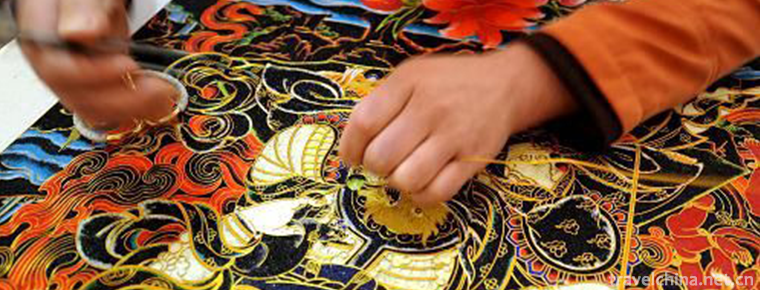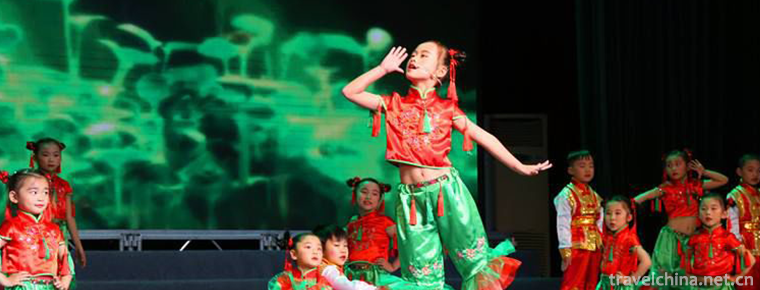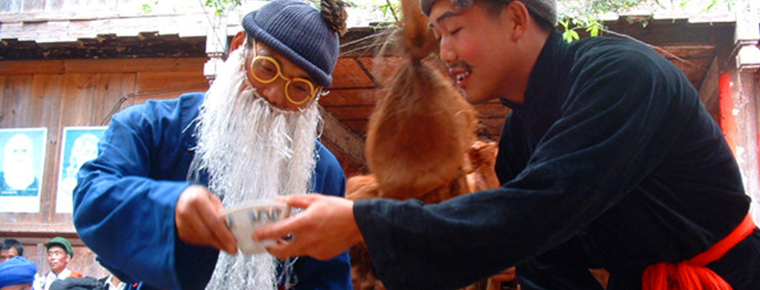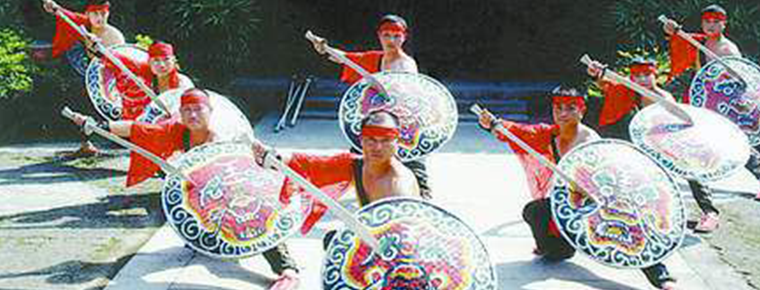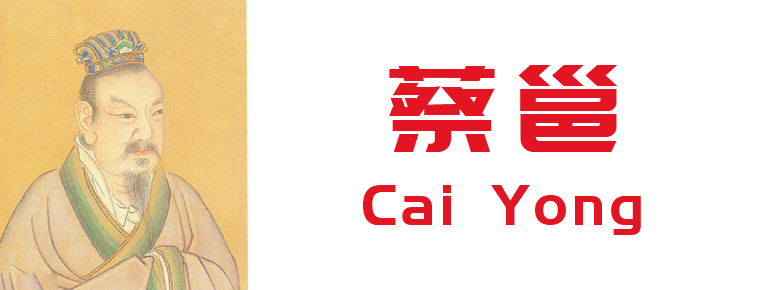Snail rice noodles
Snail jelly powder is a kind of snack rice flour in Liuzhou City, Guangxi Zhuang Autonomous Region. It has the unique flavor of hot, cool, fresh, sour and hot. is the most famous local snack in Liuzhou.
The snail powder is delicious because it has unique soup. The soup is made up of snail, Shannai, star anise, cinnamon, clove, a variety of peppers, and other natural spices and flavors.
In August 20, 2018, "Liuzhou snail powder" was awarded the national geographical indication trademark .
In 2008, the craftsmanship of Liuzhou snail powder was selected as the second batch of intangible cultural heritage in Guangxi Zhuang Autonomous Region.
Chili pepper was introduced into China from the Americas in the late Ming Dynasty. At first, chili pepper was only used as an ornamental crop and medicine. It did not enter Chinese recipes for long. After the strong entry of pepper into China, a considerable dietary revolution was launched. Only when Liuzhou people integrated it into the snail powder and exerted it, did they have the snail powder. Many people who have eaten snail powder question why there is not a single snail in snail powder. It is said that snail soup made of snail meat, pork bone, medicinal materials, natural spices and other folk secret recipes will be discarded after boiling, because its essence is concentrated in the soup .
Snail powder first appeared in the late 1970s. Although it has a short history, snail powder and rice powder have a long history in Liuzhou. Liu Wen, who has been engaged in cultural relics and Archaeology for more than 40 years in Liuzhou, believes that from a small point of view, the historical and cultural development track of Liuzhou is a history of collecting food snails.
More than 40 years ago, Chinese archaeologists discovered a large number of snail shell deposits at Bailian Cave and Dalongtan carp mouth sites. "About 20,000 years ago, the Liujiang people living in Bailian Cave began to catch snails for food and learn to use fire. Now there are still remains of the primitive people who burned snails in Bailian Cave site." Jiang Jinyuan, director of the cave Museum of Bailian cave, Liuzhou, said.
There are different opinions on the origin of snail-worm powder, which can not be verified, but almost every legend has a strong "snail-worm complex" and "rice-powder complex". In 2008, Liuzhou snail powder handicraft craftsmanship successfully declared the second batch of intangible cultural heritage list of the autonomous region. Huang Xiaoping, who was in charge of the application work at that time, wrote in the declaration document: "The snail powder made by combining rice flour and snail grubs is a great creation of the folk in Liuzhou, and its unique traditional craftsmanship is precious in Liuzhou. The intangible cultural heritage.
Making method
1. cut the lean meat on the pig bone and cut the spine directly.
2. field snail shell in the clear water for 1 hours to remove sediment and soil flavor, and then wash it again.
3. Cut the material into silk and dice, pour some oil into the pot to fry the rotten bamboo slices (the oil should be hot when frying the rotten bamboo slices, but it should be fried away from the fire, or it will be burnt). Then pour the remaining oil of the fried rotten bamboo into chili powder to make chili oil (pay attention to the remaining temperature of the fried rotten bamboo, do not add fire).
4. * put the pig bones into the pot and add the soup. Add a tablespoon of rice wine in the water. Stir fry the sauerkraut and sour beans in the pan, add a little oil, but do not put salt.
5. black fungus and pork (cut lean meat) in a pot, stir fry and add a little salt.
6. Put oil in the pan, add garlic and ginger slices, stir-fry snails, add a tablespoon of salt and half a tablespoon of spices, stir-fry for 2 minutes, then add half a bowl of water, boil and put them in the bone soup to boil together.
7. Cook the soup with snail meat for 1 hour, and then put the chili oil in the pot (if you don't like spicy food, don't add it).
8. Boil half a pot of water, put salt in the water (stirring evenly, tasting salty). When boiling water, blanch the rice flour in the water, then pick it up, add the prepared ingredients, and finally add the screw soup and snail powder to finish .
Hints
1. if you don't have snail, you can use other types of snails at will.
2. the most important thing is the bottom of the soup. The taste of the soup must be adjusted to .
3. the round rice flour prepared for making snail powder is not the usual rice flour, but the coarser .
4. accessories can be added. Pickled bamboo shoots, sauerkraut, fried peanuts, dried radish and chopped green onion can be added to the snail powder.
5. Dry-cut flour made of aged rice with a cross-sectional diameter of about 3 mm should be immersed in water for 1 hour in advance, and cold water should be used. Otherwise, the flour will break after cooking and will not have elasticity .
6. To make the snail powder more delicious, the snail must live and soak in the water for 2 days. A piece of iron is put into the water to promote the sludge vomiting of the snail, which can not only inhibit the schistosomiasis parasitic in the snail body, but also ensure the sweetness of the meat of the snail.
Snail jelly powder is rich in carbohydrates, colloid, cephalin, cellulose, lecithin, protein, carotene, various vitamins, iron, calcium, phosphorus and other nutrients, which can not only satisfy the appetite, but also maintain health.
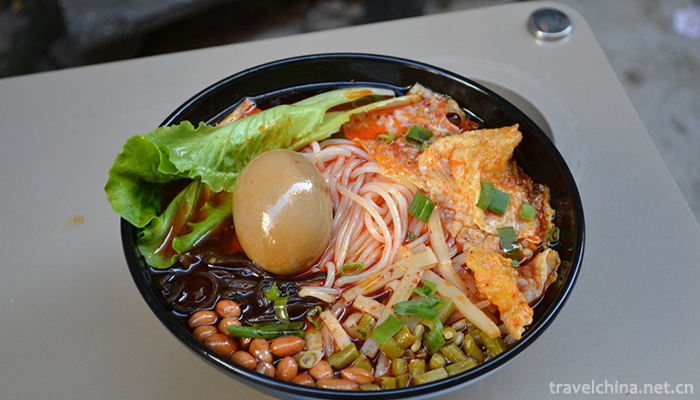
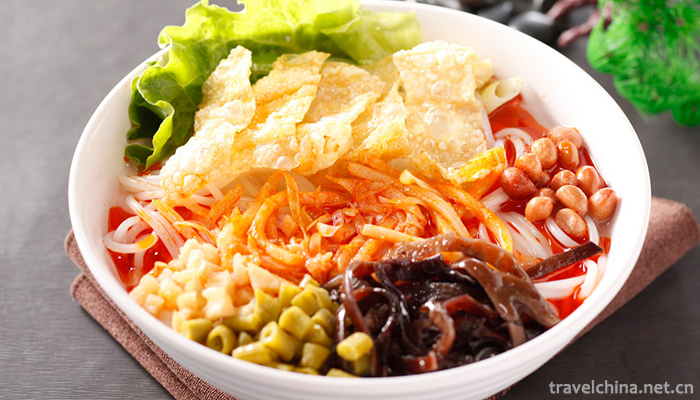
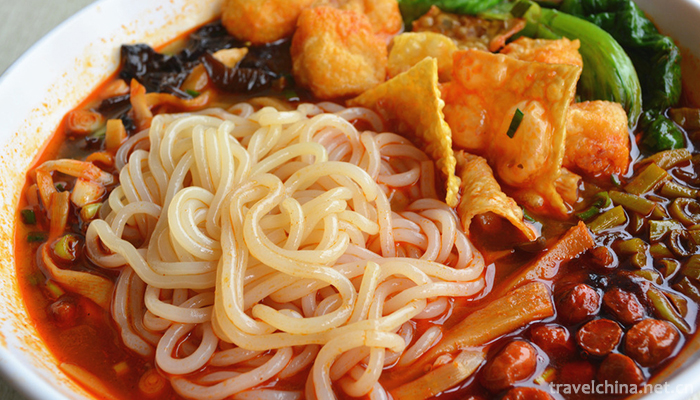
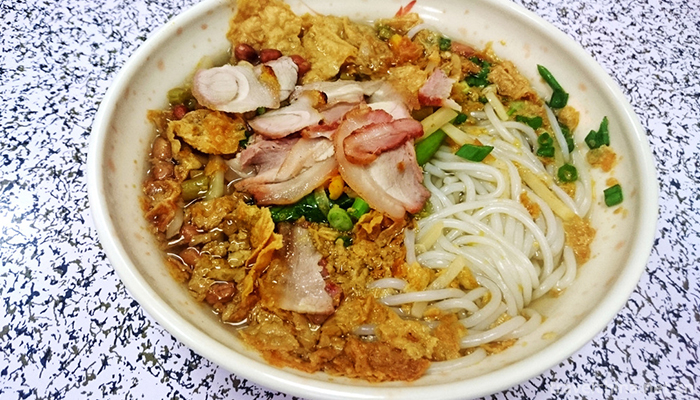
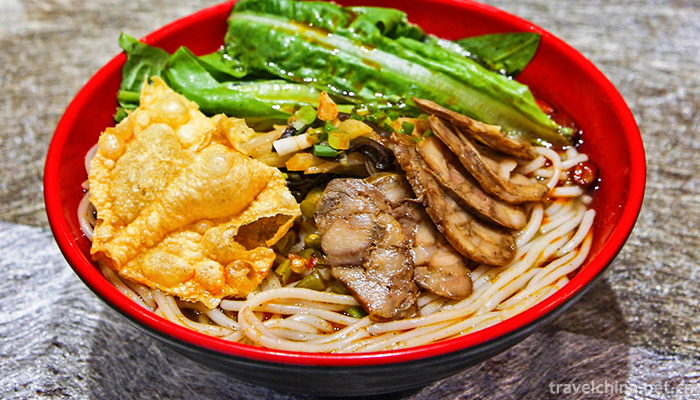
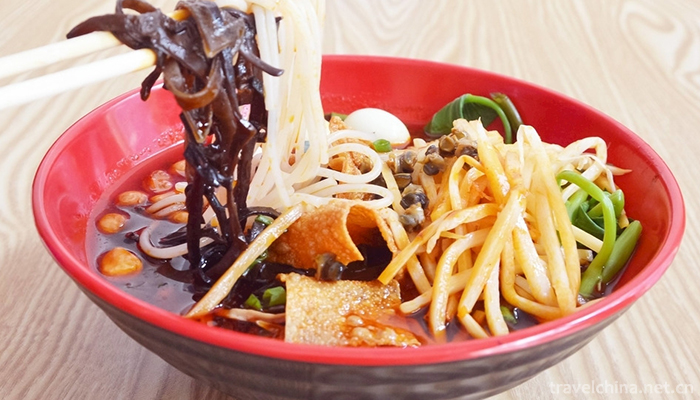
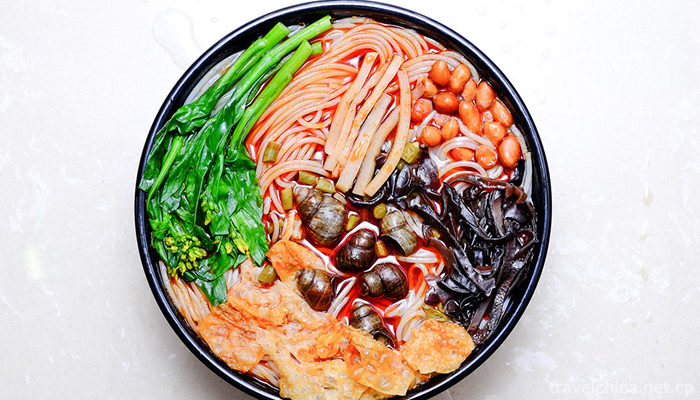
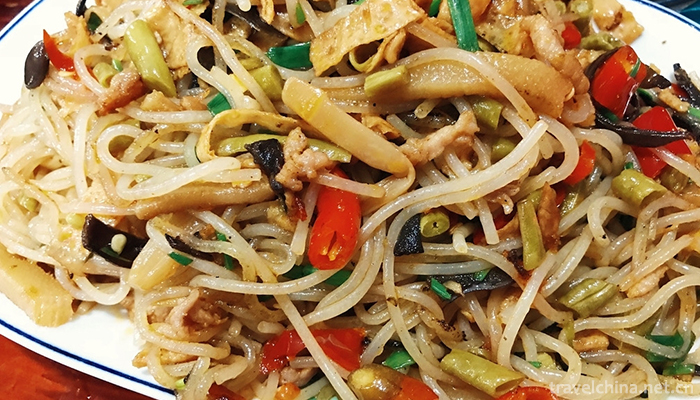
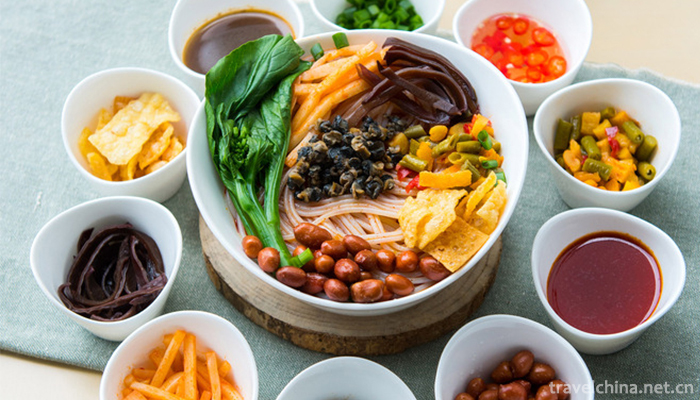
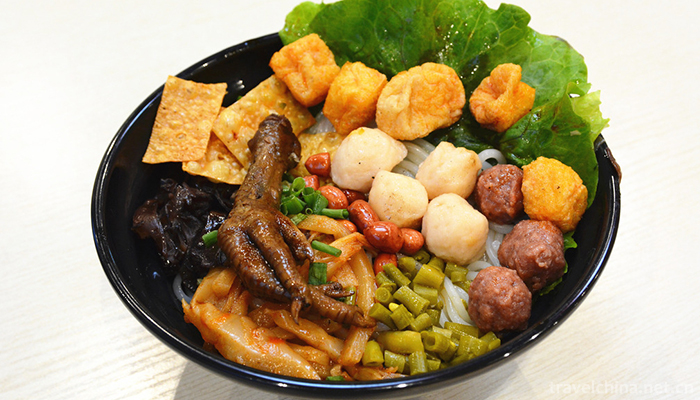
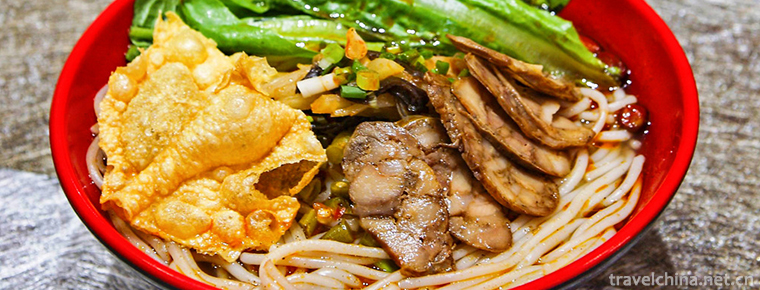
Snail rice noodles
-
Tianjin Water Park
Tianjin Water Park, formerly known as Qinglongtan, as a scenic resort, can be traced back to the beginning of the last century. It was officially opened to tourists on July
Views: 193 Time 2019-02-21 -
Weaving Techniques of Tibetan Bangdan and Kapa
The woolen apron commonly used by Tibetan people is called "Bangdian" in Tibetan, which has the functions of decoration and cold resistance. Jiedexiu Town, Gongga County, Shannan District, T
Views: 179 Time 2019-04-05 -
Dang Tu folk songs
Dangtu Folk Song is one of the national intangible cultural heritages of the local traditional music in Ma'anshan City, Anhui Province.
Views: 261 Time 2019-04-25 -
Ceramic Firing Techniques of Dengfeng Kiln
Dengfeng kiln ceramics firing technology is a National Intangible Cultural Heritage Representative project. Historical records began in the Tang Dynasty and flourished in the Song Dynasty.
Views: 172 Time 2019-04-26 -
Ear song
"Earsong" is also known as "Decorative Red". In Bai language, "ear" means simple son, and "song" means dance. It originated in the mountainous Bai nationality i
Views: 217 Time 2019-04-28 -
Hebei Bangzi
Hebei Bangzi is an important branch of Bangzi vocal cavity in China. It was formed in the Qing Dynasty (1821 - 1850), and entered a prosperous period in the early years of Qing Guangxu
Views: 176 Time 2019-05-02 -
Shaheteng Array
The rattan array is the only ancient combat technology in northern China. It has gone through hundreds of years since Ming Dynasty. Today, it only exists in Shilipu Village, Shahe City, Hebei Province
Views: 362 Time 2019-06-12 -
a type of Shaanxi Opera popular in the Weinan Dali region
Bowl-bowl tune is one of the local operas in Shaanxi Province, also known as "lamp-bowl tune" and "Ruan'er tune". The former is named for the main rhythm of the small copper bowl a
Views: 446 Time 2019-06-25 -
Xingshan Folk Song
On May 20, 2006, Xingshan Folk Song was approved by the State Council to be included in the first batch of national intangible cultural heritage list.
Views: 178 Time 2019-07-08 -
Ying Luohan
Yingluohan is a form of traditional folk entertainment which integrates martial arts and folklore in the traditional festival activities in Jinyun County, Zhejiang Province. This kind of activity also
Views: 143 Time 2019-07-14 -
Cai Yong
Cai Yong (133 to 192 years), Zi Bo. Chen Liu Jun Xian county (now Henan Qixian County South) People. Eastern Han Dynasty Famous ministers, writers, calligraphers, talented women Cai Wenji Father.
Views: 203 Time 2019-09-14 -
The origin of Panzhihua
Panzhihua is located on the Bank of Jinsha River. It was originally named shangxiaba village. It was formed around the 8th year of Tongzhi reign of Qing Dynasty (1869). Because there is an old and tall Panzhihua tree at the entrance of the village, it is called "Panzhihua village".
Views: 157 Time 2020-12-14

